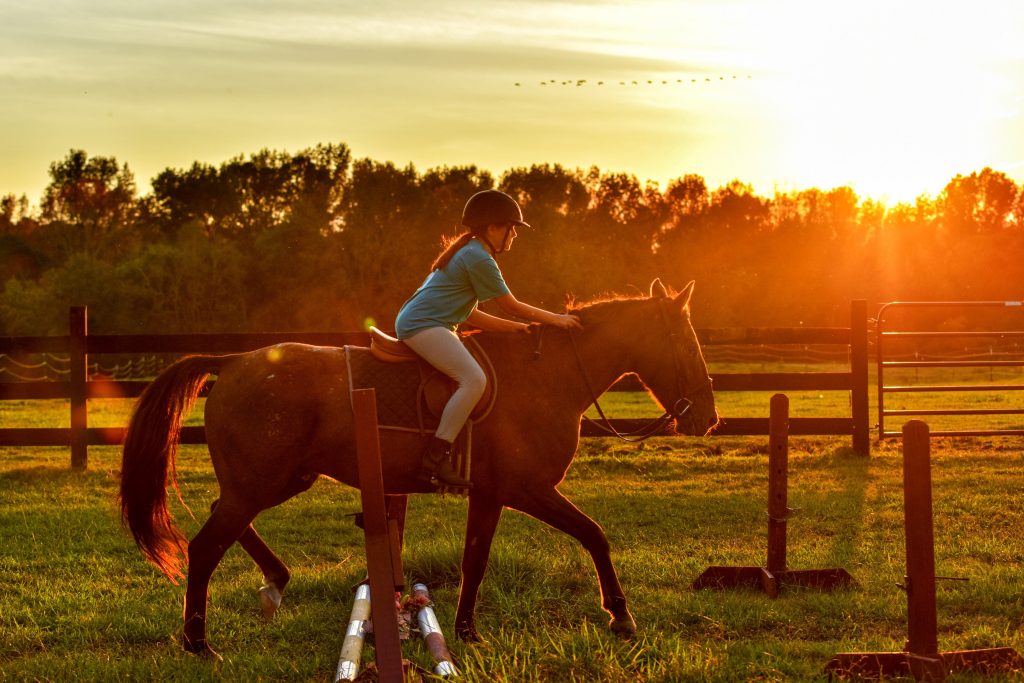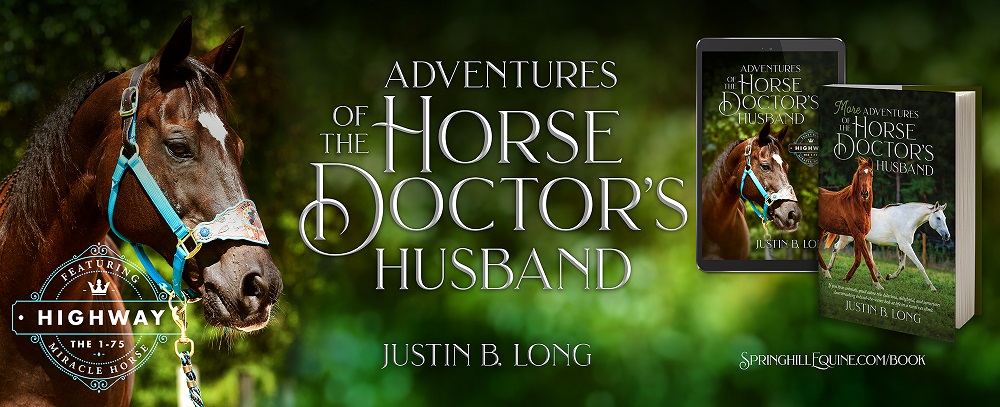Tuesdays with Tony
I have heard from many of my cat brethren that their humans are still around ALL. THE. TIME. I told them this won’t be forever, and they should try their best to be patient and understanding. These are not cats’ finest qualities, so please know we are trying, but may not succeed in always being good caretakers of you humans. This does lead me down the winding road to today’s topic: What to do with your horse right now. While there aren’t any horse shows, or organized gatherings, trail rides can be tough with trail heads closed, and clinics are off the table, there are loads of things you can do to use this time wisely. Let’s talk fitness. A topic I absolutely despise.
All about that Base
That’s right, I know my recent Top 40 hits. When it comes to fitness, the base is incredibly important. And, yes, in some ways I do mean the butt, but I also mean a general level of fitness. To see where your horse is at, start with a fitness test. I would fail this one. Heck I wouldn’t even start this test. You can do this by yourself, but a helper makes it easier. Establish your horse’s resting heart rate. This is good to know on about a million different levels. To get your horse’s resting heart rate, check it a few times while they are doing nothing to do with anything. I like to get it while they’re standing around the stall, or pasture. Check it on a few different days to be sure you’ve got consistency. The number should be between 28 and 48. If the heart rate is higher than that it can indicate pain, or, more commonly in this scenario, fear of some imaginary monster in the woods. Give it 10 minutes to see if it goes back down.
Now that you’ve established base heart rate, go do something. Horses, being the athletes they are, can increase their heart rates very quickly, and quite significantly. We cats can do the same, we just prefer not to demonstrate. The heart rate should go the 150-160 bpm range while you are working. When you stop, it should drop to 60-70 bpm within about two minutes.
These two numbers tell you that you are working your horse in an appropriate range to put base fitness on them. This is often called long, slow distance by the endurance riders. Can I just say, 100 miles on a horse in one day???? That’s crazy. Anyway. This is where all horses should start, and many horses can stay. You will find that as you add distance or intensity to your exercises, it may take longer for your horse’s heart rate to come back down. That’s normal! However, your horse should get fitter every week, and get back into the happy heart beat range. If not, you know what to do: call my Docs!
What if I want more?
Base fitness is great, but doesn’t do much for any of the sports that require bursts of speed or power. For those, we have to get into interval training. Interval training pushes heart rates up for a short period of time, then slows things down, then picks them back up. For interval training you want your horse’s heart rate above 165 bpm. How long? So glad you asked. I am going to give the most cat of answers: it depends.
It depends because it depends on what you do with your horse. If possible, you want your interval to be twice as long as your maximal effort in the sport you do. Sometimes that’s hard to define because you humans do a lot of different things with your horses, but let’s start with an easy one: barrel racing. In a barrel race, you run flat out for, let’s say 18 seconds. That seems like a really long time to me. Anyway, in the alley way, around the barrels, and out again 18 seconds, maybe a bit more. This means you would ideally like to get your horse to go maximal effort for 36 seconds. In a perfect world, you would also repeat this three times in fairly quick succession. You’re likely beginning to see why cats aren’t big into fitness. I might run 18 seconds flat out for food, but never more than once, and certainly not twice that, three times in a row. Again, anyway, you don’t start at 36 seconds. More likely, start at 15-20 and be sure your horse can get their heart rate back down in two to three minutes. Once you’ve got that going, you can increase time, and add repetitions.
For the horse sports that require less defined times of maximal effort it gets a little trickier. For instance, reined cow horse. You will need bursts of maximal effort, but they aren’t sustained. Here you want to get an idea for how many of those you have during a run. Let’s say you need 10-15 seconds of running a cow down the wall, and you do that 4-5 times. Incorporate some short 20-30 second bursts in your base fitness program, check heart rates, and make sure your horse can handle it.
Footwork and Stretching
You know those cool movie scenes where the football players are running drills through tires? You should do those with your horse as well. OK not tires, but the footwork part. No matter what you do with your horse, poles will help. This is where the internet excels. You can find approximately 1.3 million pole exercise videos on YouTube, and another bajillion on Facebook. This can also be as easy as throwing some fence posts on the ground in random distances and asking your horse to walk and trot over them. It doesn’t have to get fancy. Taking your horse through poles at even the walk will help them develop timing and coordination. Add speed, and it helps strength as well. It’s no cat exaggeration to say that every horse can benefit from poles on the ground.
Take it from a cat, stretching does a body good. When you get done with all that fitness work, get a good stretching session in there. Every horse can benefit from side to side, and nose down stretches. For more specific stretches for your horse, you know what to do: call my Docs. A few quick stretching tips: how long the stretch is held isn’t as important as the action itself, they should be repeated 3-5 times per stretch, and only ask for a fraction of an inch past your horse’s comfort zone. For the side-to-side stretches, I recommend you stand with your back to your horse’s hip, extend your arm, and ask them to touch your outstretched hand. The goal is to arc the entire spine. If they reach their nose back to the hip directly, only the neck really bends. My way (let’s be honest, it’s always the right way) arcs the entire spine.
I know some of you humans are bored right now, and we animals are trying our best to keep you entertained. It’s a great time to get some of the basics done, and fitness is good for every horse, but not cat. Don’t work on cat fitness. Never work on cat fitness. Use this time wisely, and you will be ready to get back to the arena, or trail, or whatever you want when your pets finally let you off stall rest. Ha!!!
Until next week,
~Tony
P.S. Still looking for things to do while staying home? Check out our YouTube page for some great vidoes and previous seminars. Speaking of seminars, we have a Virtual Seminar on Facebook Live, this Thursday, April 16th at 6:30PM.
Tuesdays with Tony is the official blog of Tony the Clinic Cat at Springhill Equine Veterinary Clinic in Newberry, Florida. If you liked this blog, please subscribe below, and share it with your friends on social media! For more information, please call us at (352) 472-1620, visit our website at SpringhillEquine.com, or follow us on Facebook!
[jetpack_subscription_form title="Subscribe to Whinny's Wisdoms"]


